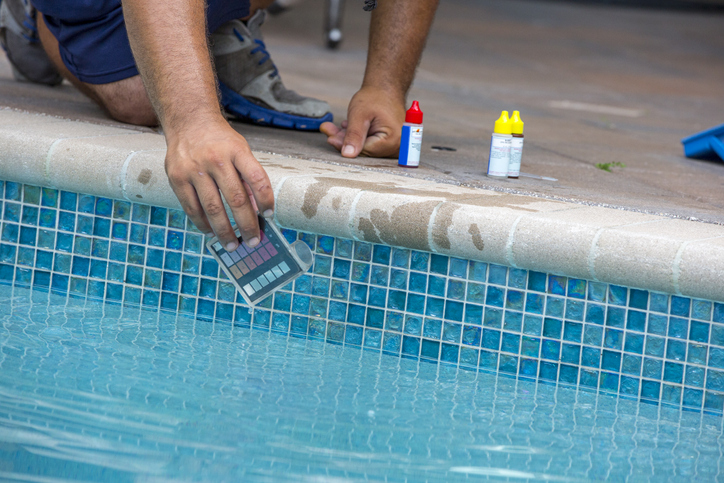
Hydrochloric Acid is the liquid form of it’s gas counterpart (hydrochloride or HCI) and is the result of adding water to Hydrochloride. It is slightly yellow to colourless and is not flammable but highly corrosive.
Hydrochloric acid has many uses in a range of industries. It is commonly used as a component in the manufacturing of batteries and fireworks as well as a way to adjust pH levels in pools. It can be used to remove rust and scale from steel.
Hydrochloric acid is also used in the production of drinking water (to disinfect the water), other beverages and foods (to enhance flavour and reduce spoilage) as well as pharmaceuticals.

The main routes of hydrochloric acid exposure are through ingestion and skin or eye contact with inhalation also a possibility.
Hydrochloric acid poisoning will affect a person's integumentary (hair, skin and nails) and respiratory systems (the airways and the lungs).
Severity of your symptoms will depend on the level and type of exposure to the chemical.
They may include;
Long term exposure to hydrochloric acid can cause dermatitis, inflammation of the skin, chronic bronchitis and gastritis. Prolonged exposure to low concentrations of the acid, like that found in common foods and drink, may lead to tooth decay and discolouration.
If you have swallowed hydrochloric acid, seek medical attention immediately and do not induce vomiting unless advised to, or more than 15 minutes from the hospital (only induce vomiting on a person who is conscious).
In the event of skin exposure; remove all contaminated clothing, footwear and accessories and immediately wash the affected area with plenty of soap and water. Contaminated clothing must be washed prior to wearing again. Consult a doctor if symptoms persist.
If exposure to the eyes occurs, flush eyes with water for at least 15 minutes (do not forget under the eyelids). Only a skilled professional should remove contact lenses.
If a person has inhaled the chemical, take them away from the contaminated area to the nearest fresh air source and monitor their breathing. If they are not breathing, you may perform CPR (if qualified) with a one-way valve or protective mask to ensure you protect yourself from residual chemicals that may be present in the patient's airways.

Safety showers and emergency eyewash fountains should be accessible in the immediate area of the potential exposure to the chemical and there should always be adequate ventilation.
PPE, such as safety glasses with side shields, dust proof clothing, gloves, aprons and masks/respirators are essential when dealing with chemicals. Wearing contact lenses should also be avoided.
Chemwatch has the largest collection of SDS in the world. For a FREE copy of the Chemwatch-authored SDS for Hydrochloric Acid, click the button below.